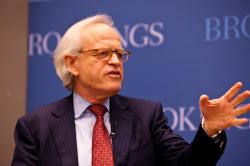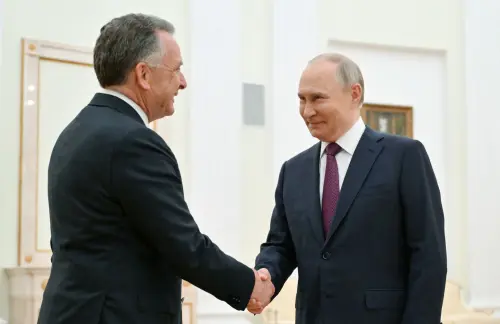

10:00 am EDT - 11:30 am EDT
Past Event
10:00 am - 11:30 am EDT
1775 Massachusetts Avenue, NW
Washington, DC
20036
Throughout the nuclear age, U.S. policymakers have grappled with the challenges of deterring attack against the United States and extending deterrence to protect American allies and partners. These were key issues in the U.S. Nuclear Posture Review released in April. Considerations of deterring potential adversaries and reassuring allies and partners continue to shape the U.S. approach to nuclear arms reductions negotiations with Russia, as well as its efforts to reduce the role and number of nuclear weapons in the overall U.S. national security strategy.
On June 18, the Arms Control Initiative at Brookings hosted a panel of Brookings scholars to discuss these questions. The event marked the release of a new Brookings Arms Control series paper “U.S. Nuclear and Extended Deterrence: Considerations and Challenges.”
After the program, participants took audience questions.






Thomas Wright, Alejandra Rocha
May 8, 2025

Steven Pifer
May 5, 2025

Timothy Lea
May 5, 2025